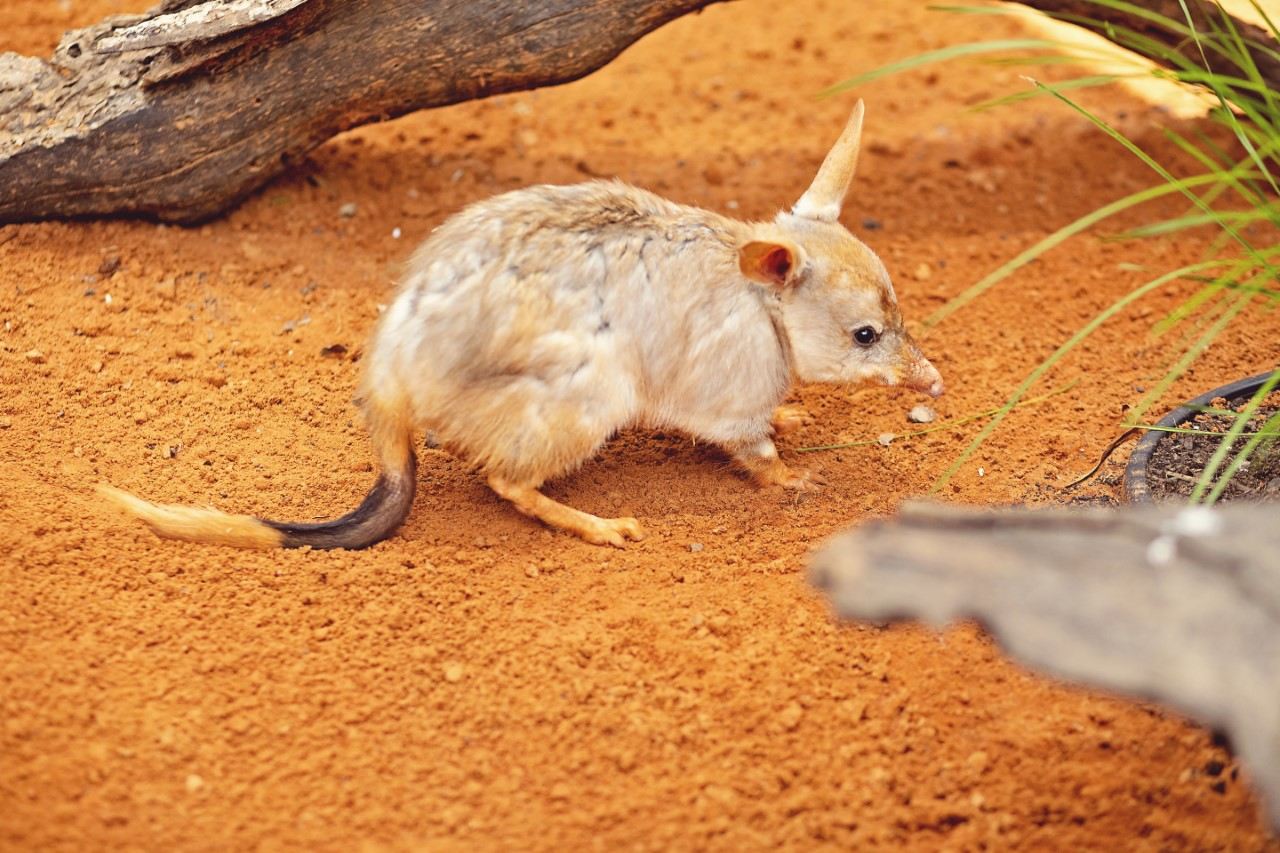An iconic Australian species, commonly depicted as Australia’s Easter Bunny, has been welcomed to a Sunshine Coast zoo.
Two greater bilbies are settling into their new surroundings at Wildlife HQ, and they have already proved popular with holidaymakers.
Zookeeper Sue Tonga said the new arrivals were most active at night, so they were perfect attractions during the recently introduced Night Zoo.
“Greater bilbies are an iconic Australian nocturnal marsupial that is the largest species in the bandicoot family,” she said.
“They have beautiful silky fur, long ears, pointed snout and a striking black and white tail.”
Greater bilbies are listed as vulnerable, with less than 10,000 of them left in the wild.
“Bilbies were once widespread across Australia in arid and semi-arid environments, but threats such as cats and foxes have had a huge impact on the population,” Ms Tonga said.
“Bilbies are important ecosystem engineers in the Australian bush.
“They are impressive diggers, creating long tunnel systems and during that process they turn over an enormous amount of soil which increases nutrient availability to the plants.”

Greater bilbies can be between 20cm to 55cm long, excluding their tail.
The use their large ears and sharp sense of smell to track down food, including insects, seeds and fruit.
Water is not important to their diet as they obtain enough moisture from their food, which enables them to survive in arid regions like the Tanami, Great Sandy and Gibson Deserts, as well as the Pilbara and Kimberley regions and the Mitchell grasslands of south-west Queensland.
They live until they are about seven years old, and females can give birth up to four times a year, producing about eight young.
Local journalists supporting local people. Help keep independent and fair Sunshine Coast news coming by subscribing to our free daily news feed. All it requires is your name and email. See SUBSCRIBE at the top of this article.





